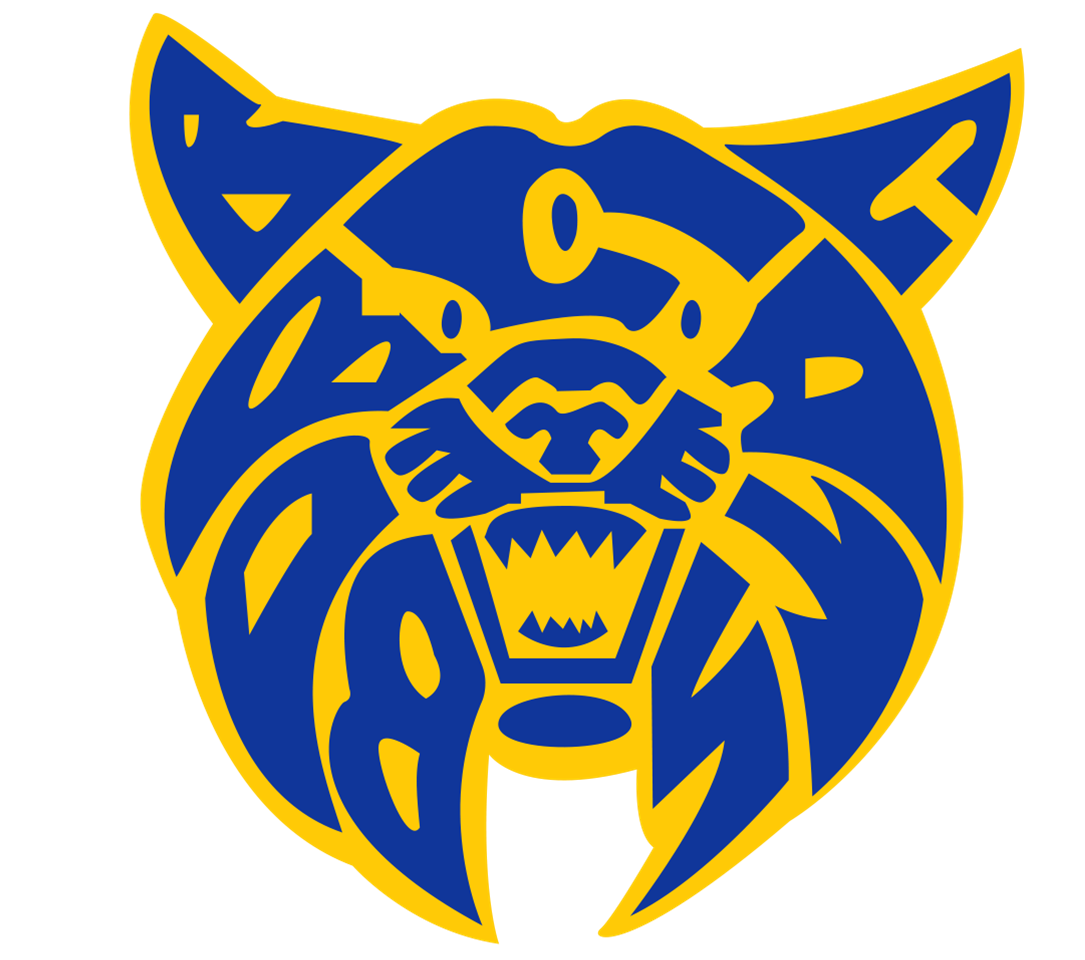Third graders in Atkins started off the year in Science learning about the Structures of Life of different organisms. In September, they grew lima beans in a wet paper towel and learned about the cotyledon, seed coat, and the embryo of a seed and how that evolves into a seedling. They then did some activities about the bones in the human body. Students estimated the amount of bones in each part of their body and were surprised to find out most humans have 206 bones. They loved putting together “Mr. Bones,” a paper skeleton that allowed them to see how the body’s bones fit together more closely.
After examining a two legged animal, the students studied crayfish for two weeks. We learned about the different body parts (structures) and their functions. We learned crayfish have pincers, not pinchers, antennae, walking legs, joints, tail joints, and two eyes on the top of their head. We compared their body parts to that of a human and looked more closely at how each of their body parts was useful for them in order to survive. Students also learned how to tell the difference between a male and a female crayfish. Female crayfish have an egg sack, almost like a belly button in the middle of their under bodies and long spinnerets in their tail to hold the over 100 eggs they may lay at a time. The male is missing the egg sack and its spinnerets are much shorter. To finish out the unit, students dissected a real owl pellet and then categorized the different bones they found. They realized quickly, after finding two or more skulls and other rodent bones, that the owl had eaten more than one animal.

